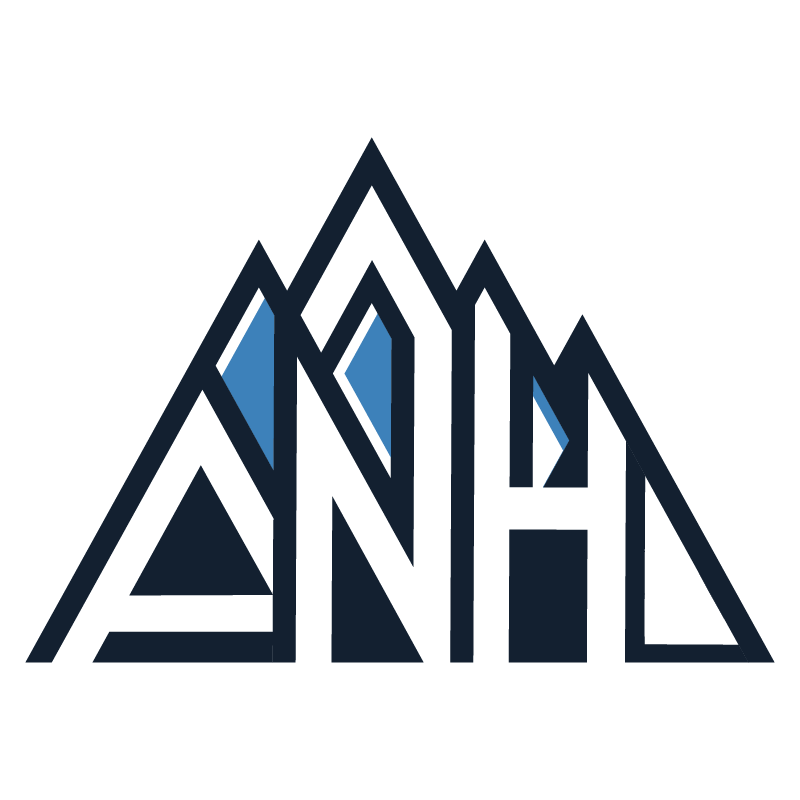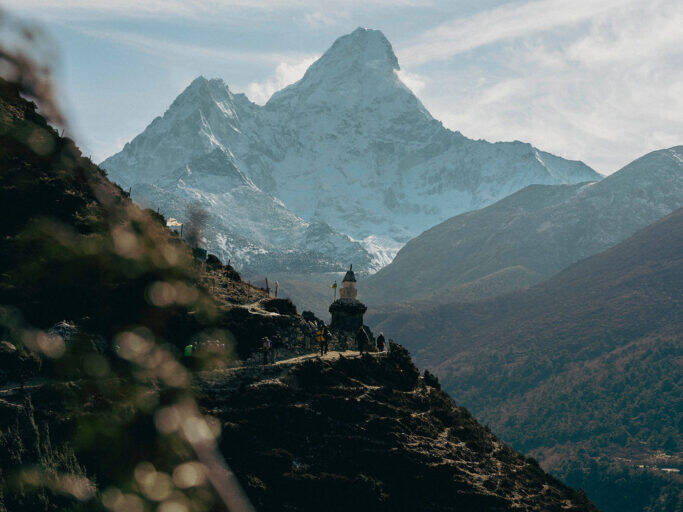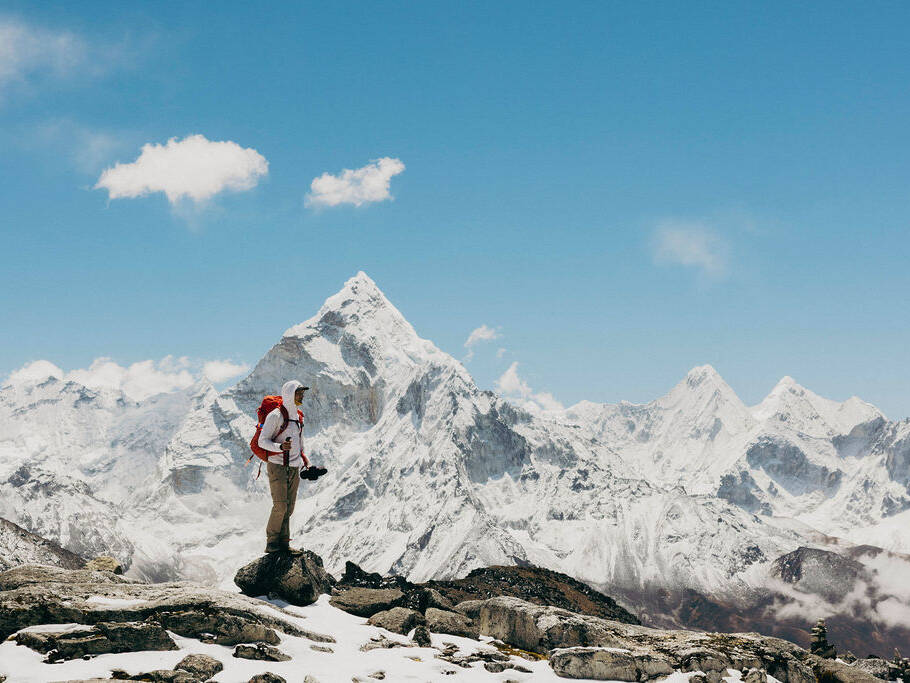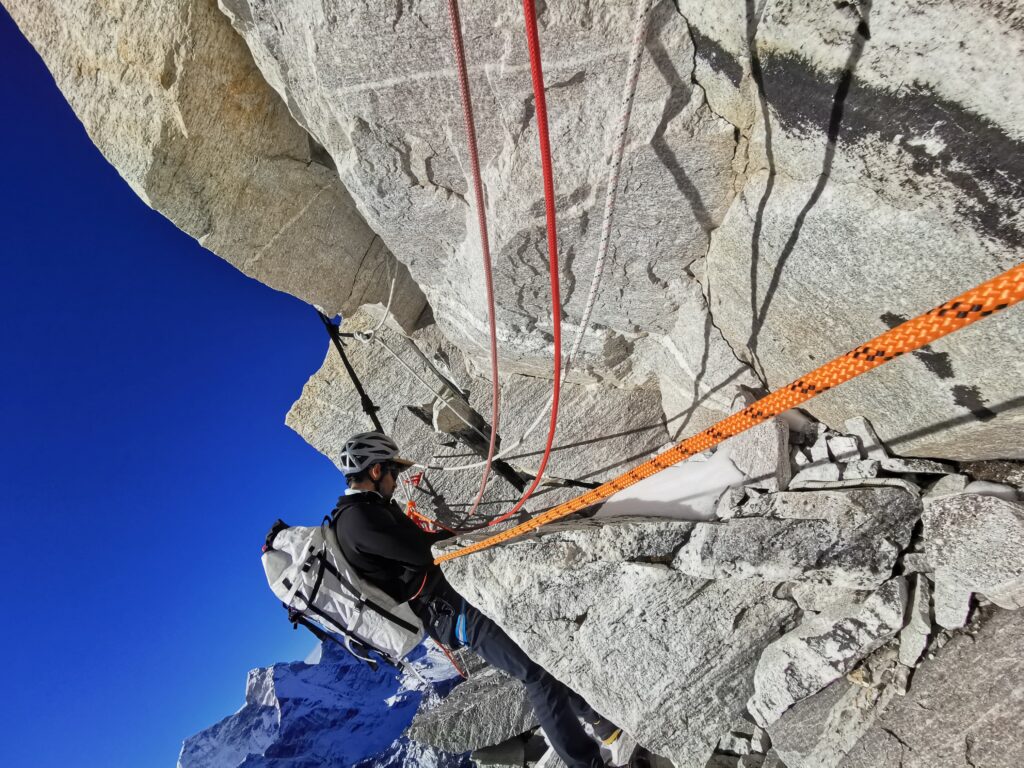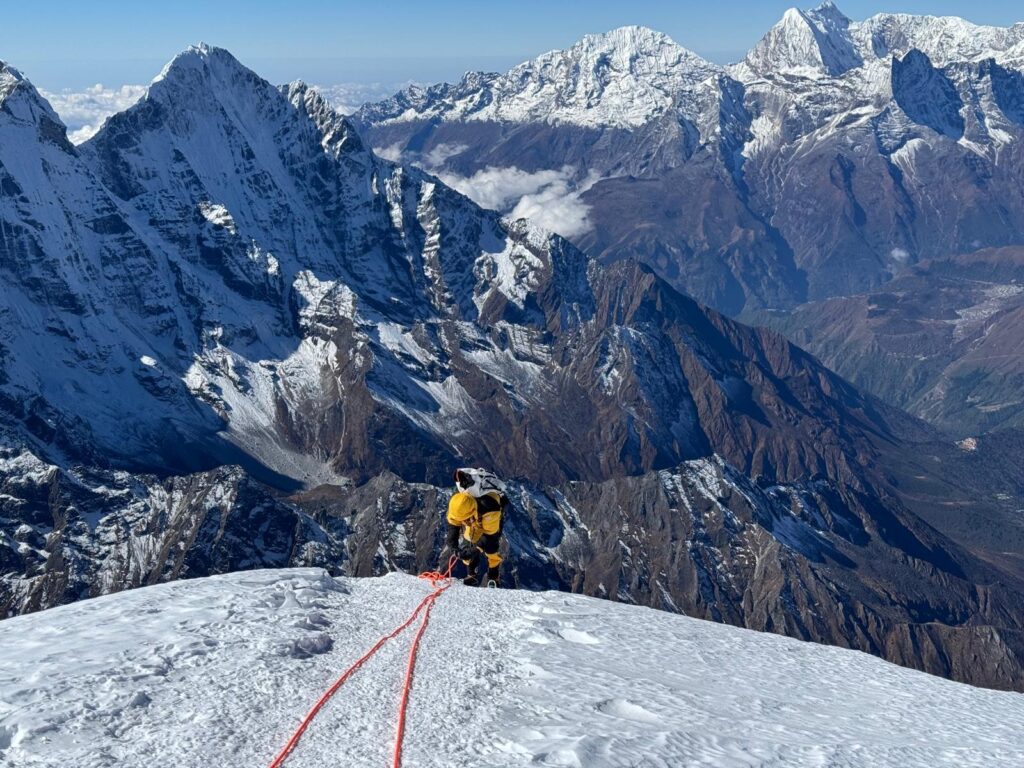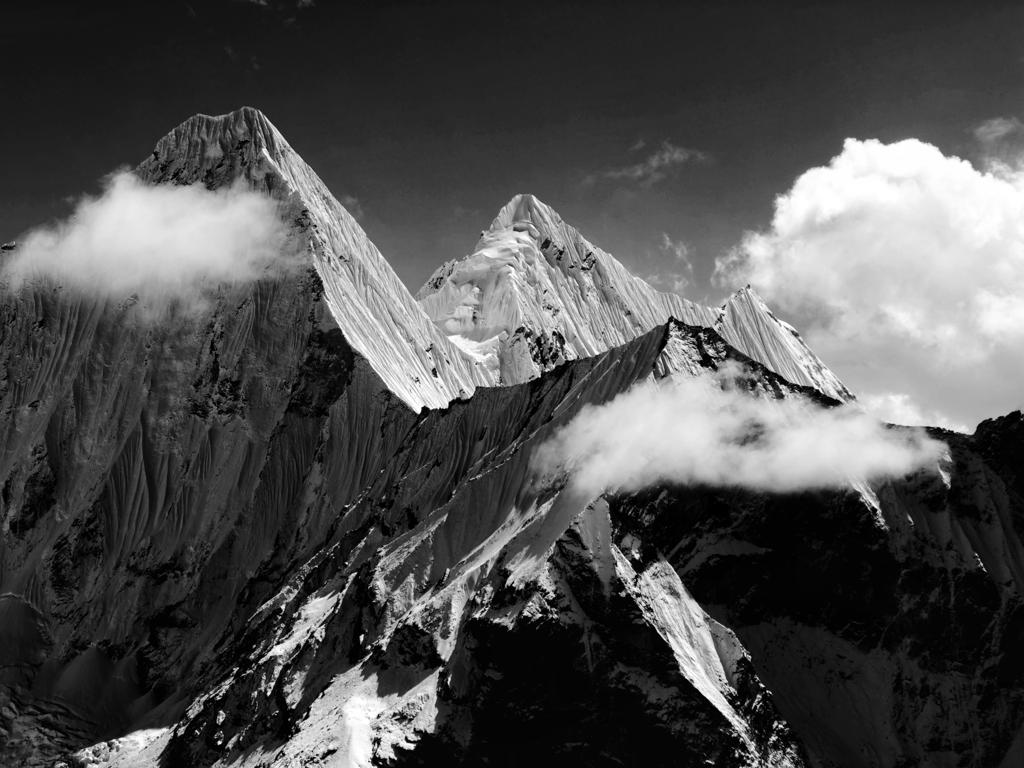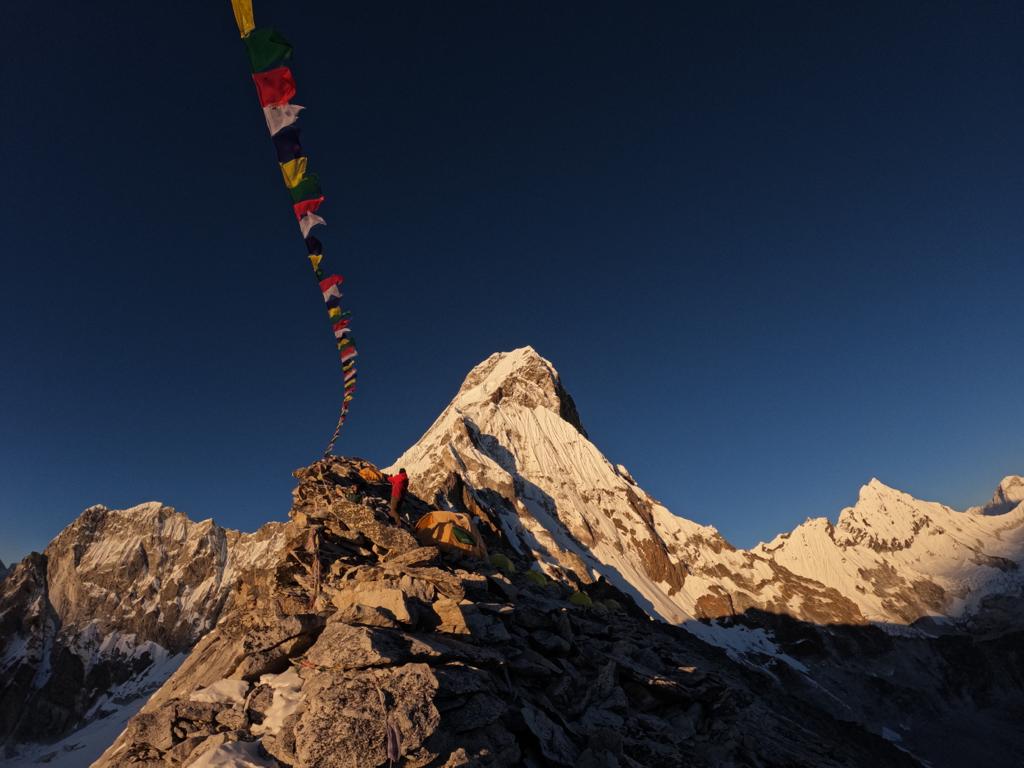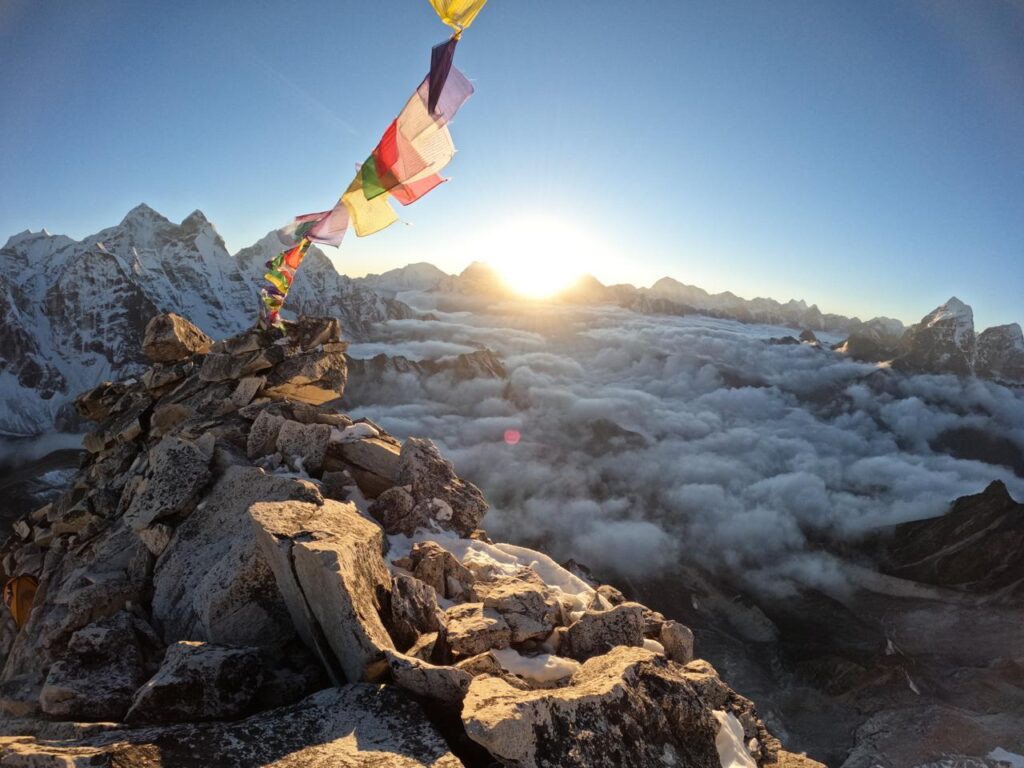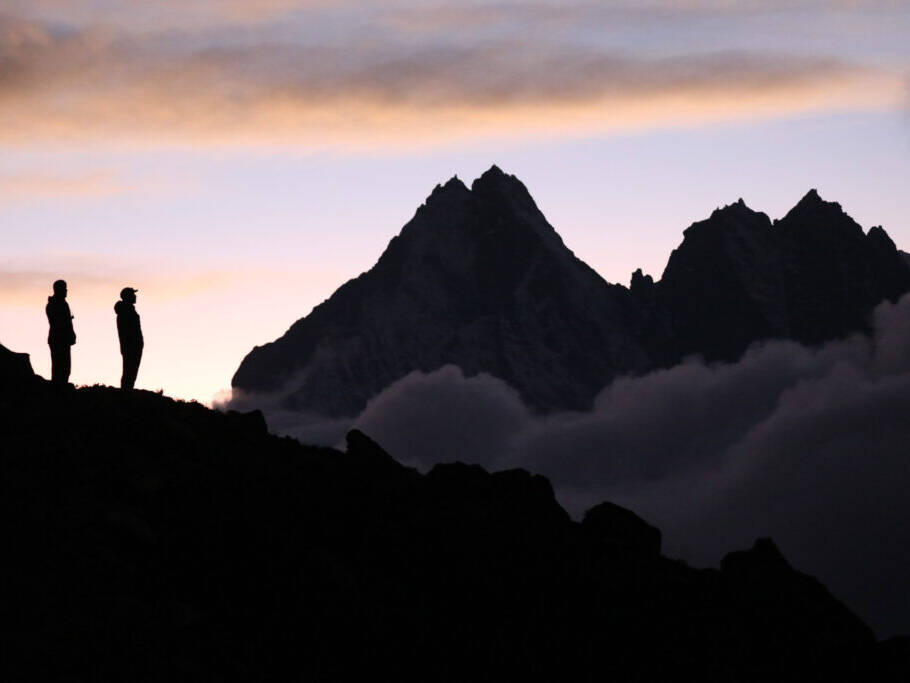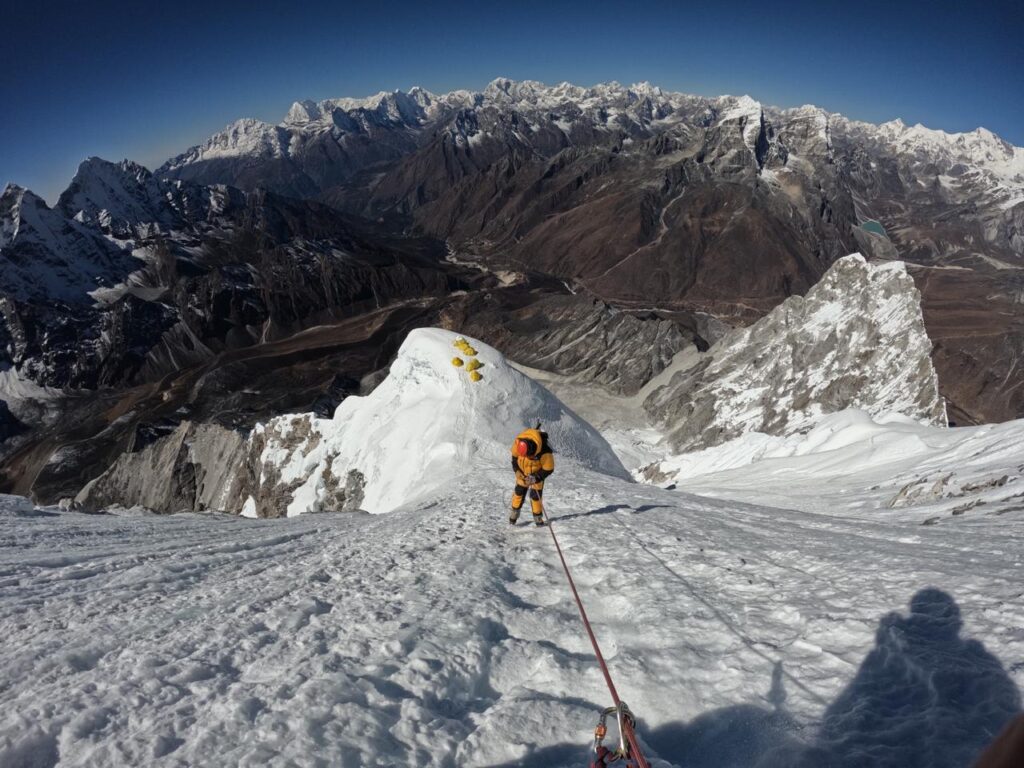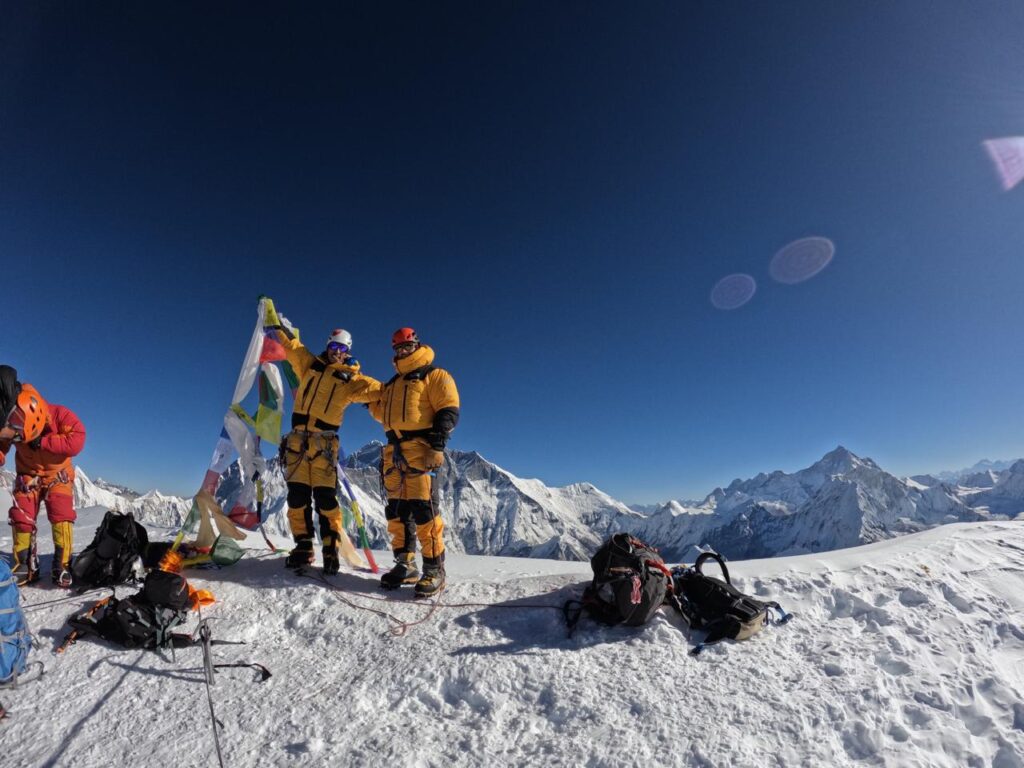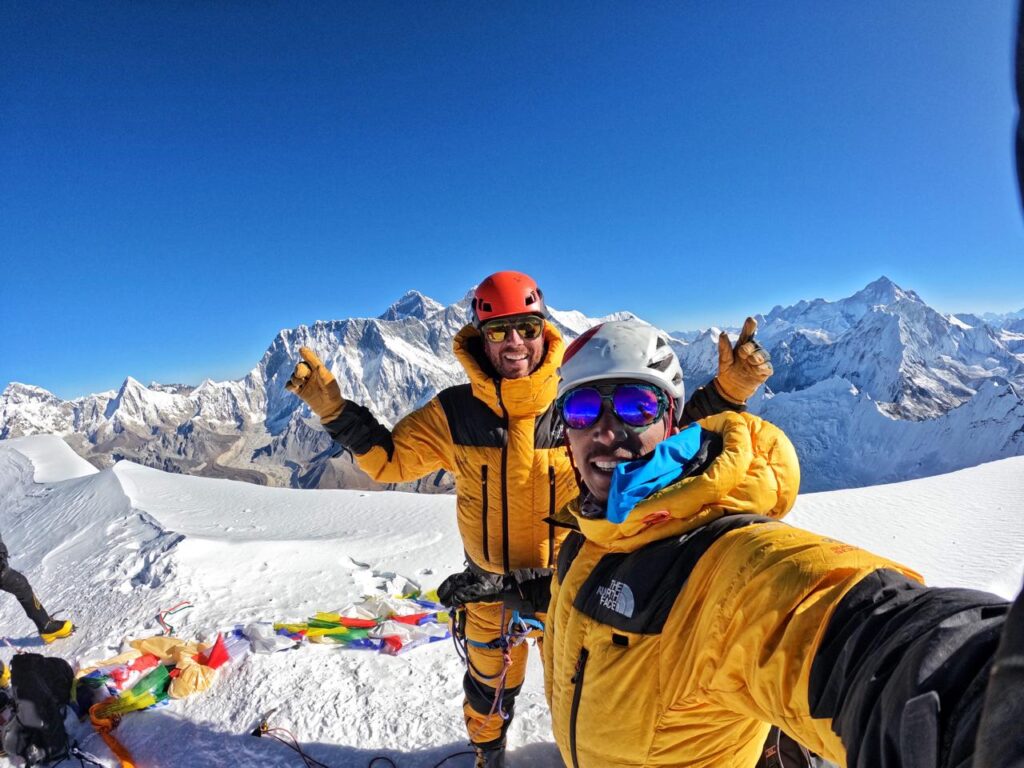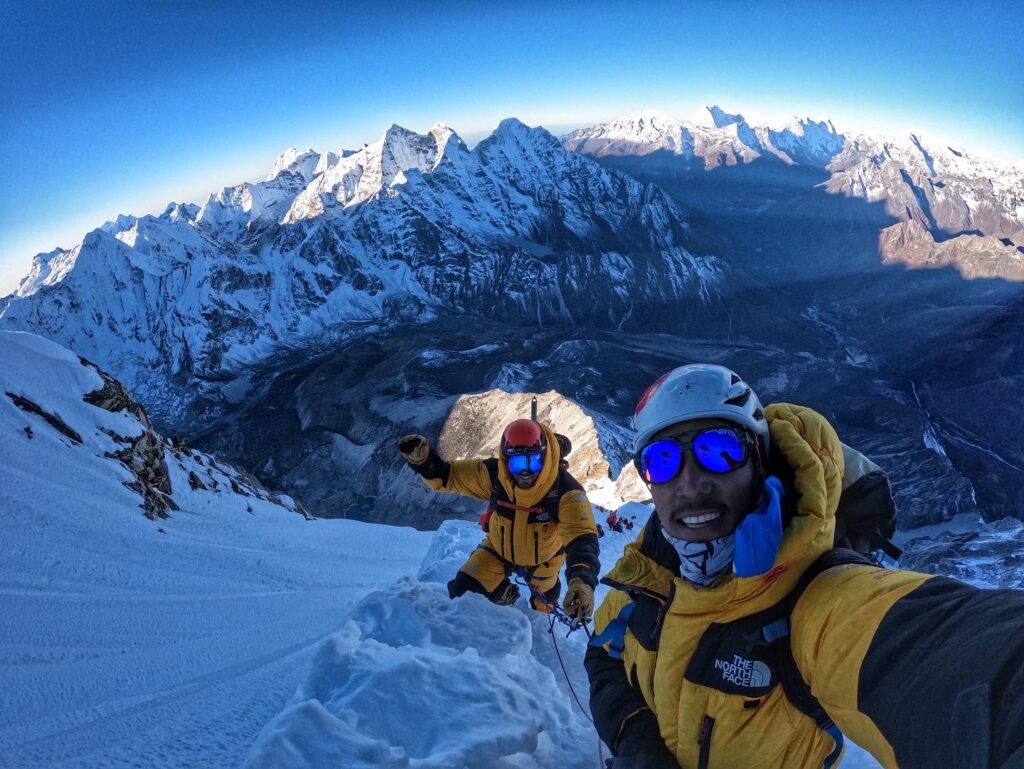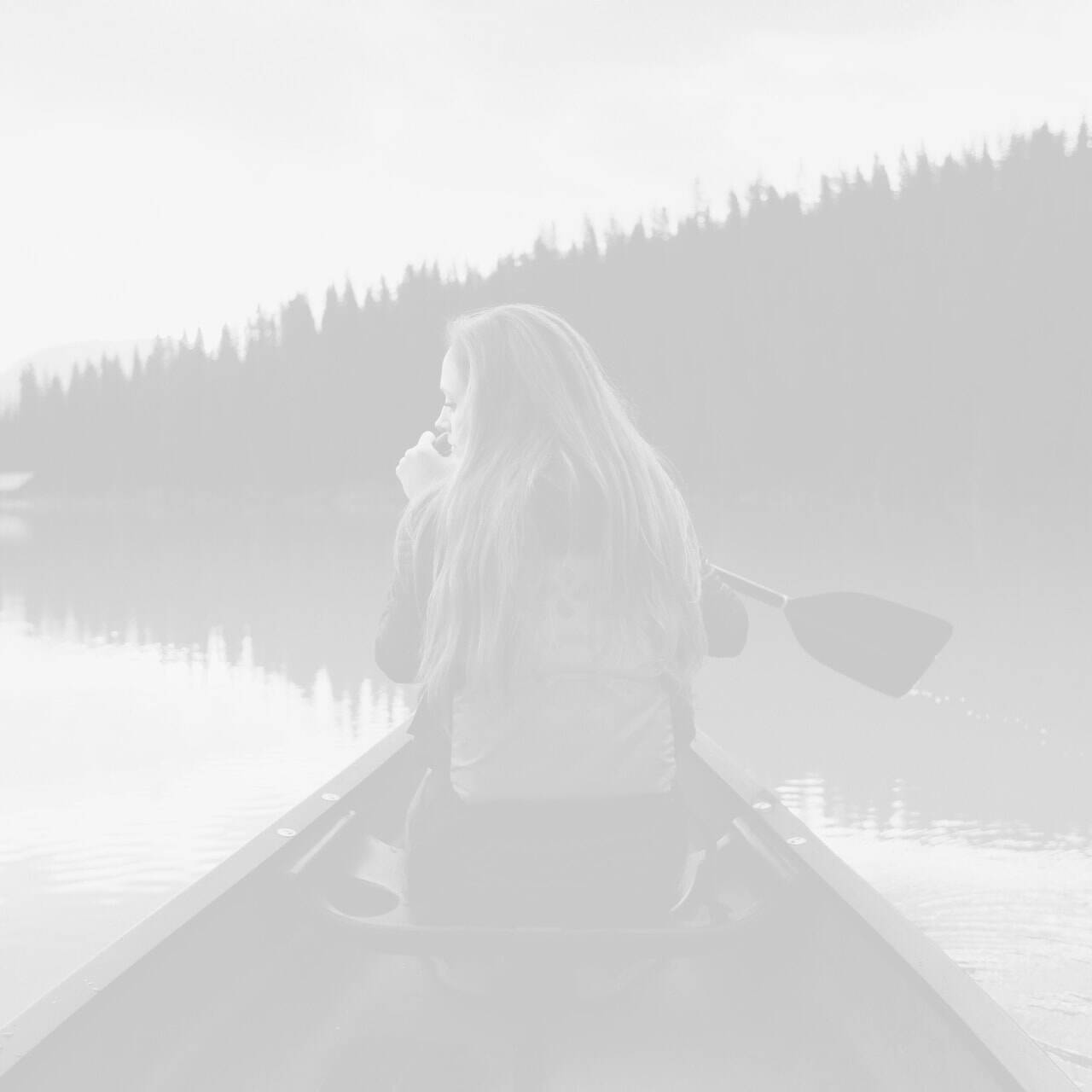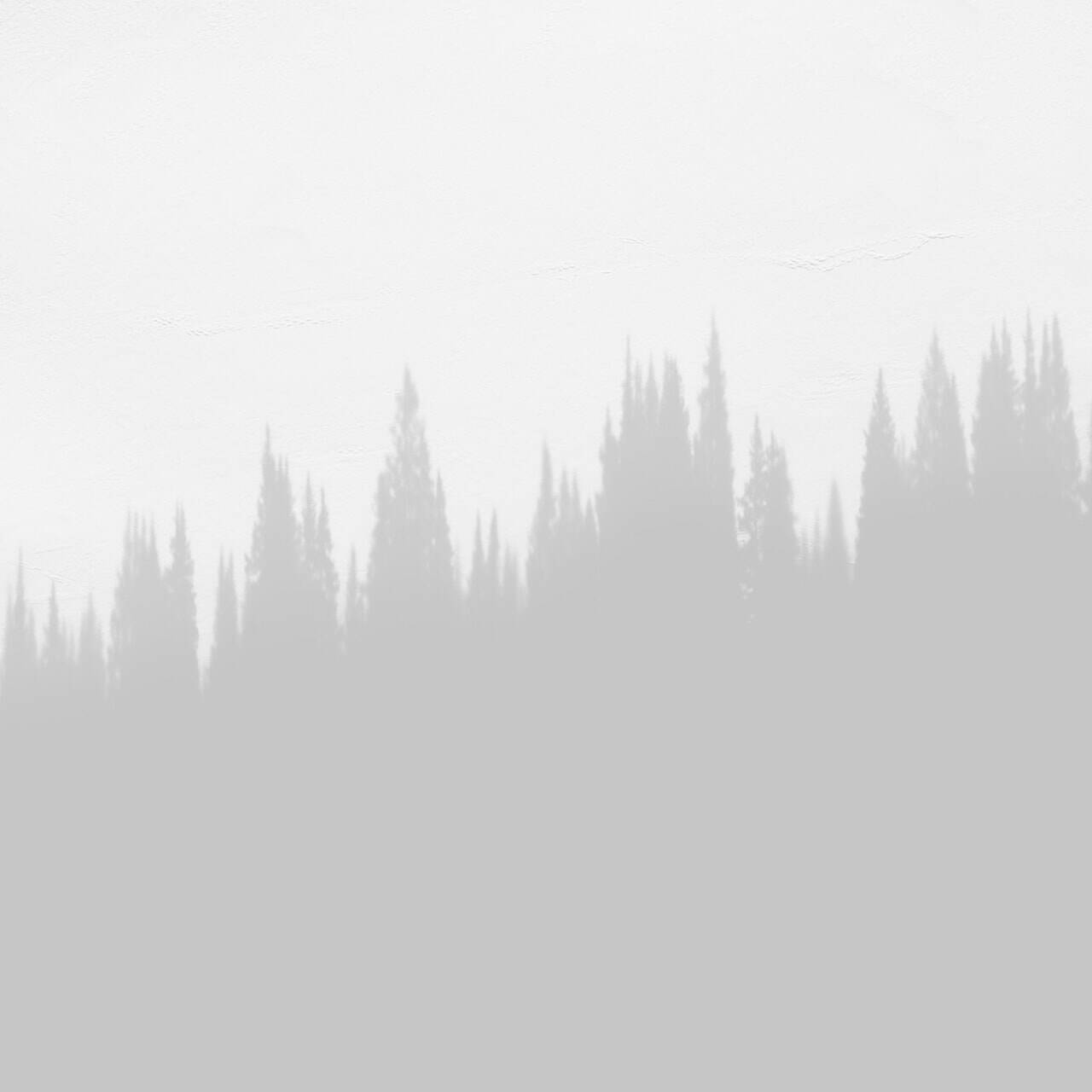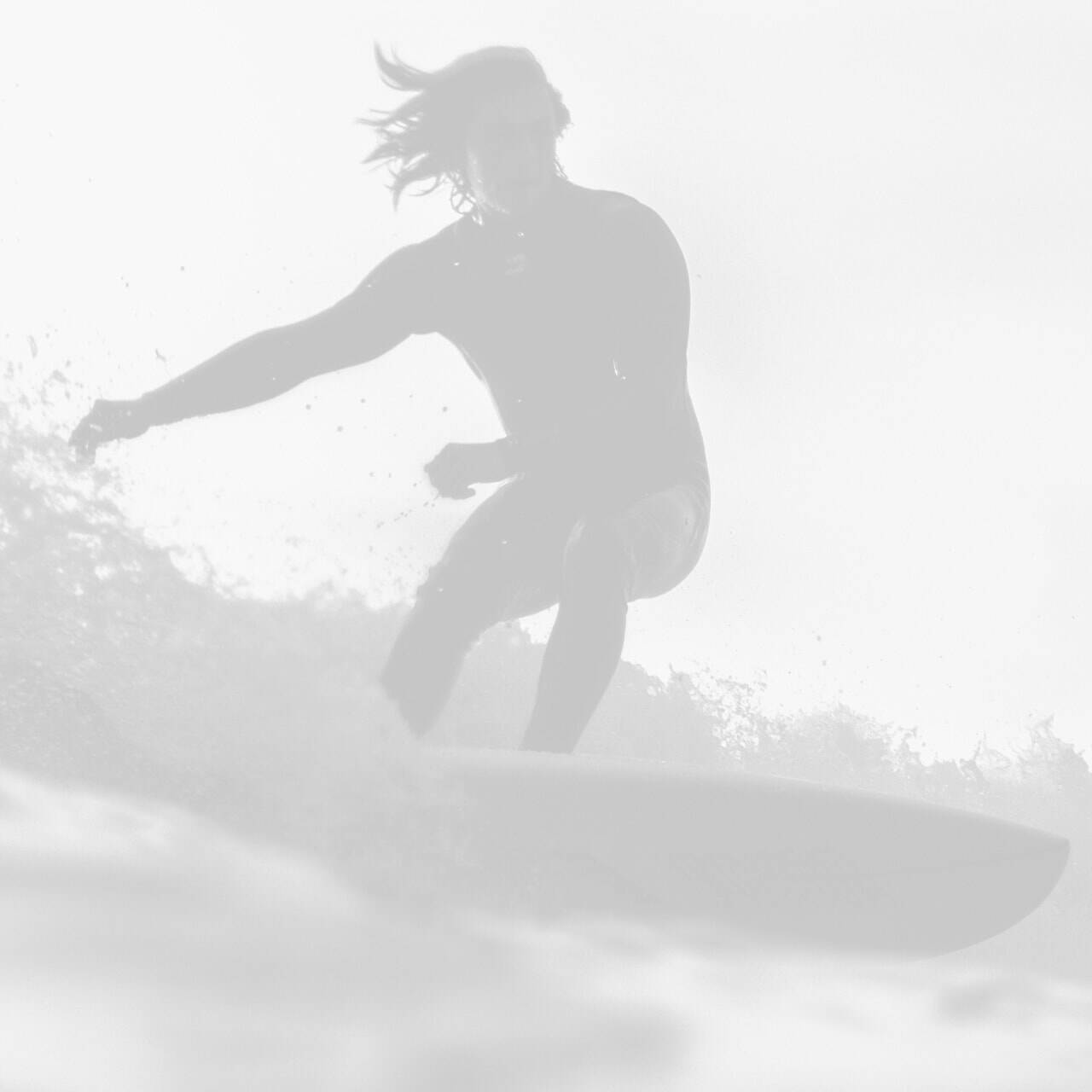Island Peak Climbing
Island Peak climbing also famous for Imja Tse (6,189m) in Sagarmatha National Park is one of the central climbing peaks in Everest Region with a remarkable and decidedly glaciated West Face that ascends from the Lhotse Glacier. The mountain was named “Island Peak” in 1952 AD by Eric Shipton’s group due to its striking location in the middle of the Chhukung valley. It seems as if it’s the Island on a sea of ice from Dingboche. The peak was renamed as Imja Tse peak in 1983. It is an extension of the ridge that comes down from the south end of the Lhotse Shar, situated hardly 10 kilometers away from the Mount Everest.
Island Peak climbing also famous for Imja Tse (6,189m) in Sagarmatha National Park is one of the central climbing peaks in Everest Region with a remarkable and decidedly glaciated West Face that ascends from the Lhotse Glacier. The mountain was named “Island Peak” in 1952 AD by Eric Shipton’s group due to its striking location in the middle of the Chhukung valley. It seems as if it’s the Island on a sea of ice from Dingboche. The peak was renamed as Imja Tse peak in 1983. It is an extension of the ridge that comes down from the south end of the Lhotse Shar, situated hardly 10 kilometers away from the Mount Everest.
This Island peak climbing offers an excellent opportunity to climb a Himalayan Island Summit together with an exhilarating Trek to the Everest Base Camp and Kala Pattar. The magnificent views from the summit are indeed a fitting reward for your efforts. Island peak climbing is considered physically challenging; however, it is not technically challenging.
Climbing of Island peak adventure gives you the opportunity to behold the never-seen-before locations ranging from mountains, glaciers, backpacking and famous mountain trails. The Island peak climbing offers you enough opportunity to enjoy the fantastic view of Mt. Everest including several other similar peaks and explore the Buddhists monasteries and shrines along with extraordinary wildlife. Path via Gokyo RI, Chukkung RI, and Kalapathar is more essential for the classic views of icefalls and glaciers of Mahalangur Himalayan range. Imja Tse/Island not only provides an enjoyable climb but also offers some of the different spectacular scenery of Himalayas in the Khumbu region including the Mt. Everest 8848m, Mt. Nuptse 7,855m, Lhotse 8,516m, Makalu (8475m) in the east, Baruntse 7720m, and Mt. Amadablam 6856m in the south, adding more charm for climbing Island Peak. We pass through other villages like Khumbu, Khunde, and Khumjung.
This island peak climbing expedition offers terrific trekking through the great Khumbu region and any fit, enthusiast person is welcome to join the team. Sensational views of array of high snow-capped mountains, dramatic landscapes, verdant steep valleys, Buddhist culture, warm, friendly hospitality of Highlanders, pristine lakes, breathtaking viewpoints, in the heart of world’s heritage ‘Sagarmatha National Park’ are the critical features of Island Peak climbing that will be your once in a life experience.
Detailed Itinerary
01
Arrive in Kathmandu (1300m/4,265ft)
02
Preparation Day in Kathmandu
03
Fly to Lukla; Trek to Phakdingma, (2610m/8,562ft) 4hrs
04
Trek to Namche bazzar (3441 m/11,289ft) 6-7 hrs
05
Acclimatization day- Trekking around Namche Bazaar.
06
Trek to Tengbuche (3864m/12,677ft ) 5-6 hrs
07
Trek to Dingbuche, (4400m/14,435ft) 5 hrs
08
Acclimatization Day- Hiking Nagarjun Hill or Chukkhung Valley
09
Trek to Lobuche, (4915 m/ 16125ft) 5 hrs
10
Trek to Gorak Shep (5130m/16,830ft) 3 hrs and hike to EBC (Everest Base Camp (5364m/17,598ft)
11
Ascent to Kala Pattar (5545m/ 18,192ft) and descent to Dingbuche, (4400m/14,435ft) 6-7 hrs
12
Dinbuche – Chhukung to Island Peak Base Camp, (5200m/ 17060ft) 3-4 hrs
13
Pre-Climb training and trek to High Camp (5450m/17,880ft) 2 hrs
14
Ascend Island Peak (6189m/ 20,305ft ) and descent to Chhukung (4710m/15,452ft) 10-12 hrs
15
Reserve Day (in case of unfavorable weather)
16
Trek to Namche (3441 m/11,289ft) 7-8 hrs
17
Trek to Lukla (2810m/9219ft) 7-8 hrs
18
Fly from Lukla to Kathmandu
19
Free Day in Kathmandu
20
Departure
Included in Your Trek Package:
- Airport transfers: Private vehicle (Car, Van, Hi-Ace or Coaster) for pick-up and drop-off
- Hotel accommodation in Kathmandu: 4 nights twin-share on Bed & Breakfast basis
- Accommodation during trek: 13 nights in local lodges with comfortable foam mattresses and pillows
(15 breakfasts, 14 lunches, 12 dinners with tea & coffee included) - Camping accommodation: 1 night at Base Camp and 1 night at High Camp
(breakfast, lunch, dinner, Tang juice, fruit, tea & coffee included) - English-speaking, experienced, government-licensed Sherpa Guide
- All camping equipment during trek: sleeping tents, mattresses, kitchen tent, and kitchen equipment
- Climbing equipment: Group climbing rope, ice screws, snow bar
- Support staff: Trekking cook, kitchen staff, Trek Sherpa, and assistants during Island Peak climbing
- Additional Sherpa guide-assistant for groups with more than 4 trekkers
- Porters: One porter for every two trekkers
- Trek staff costs: salaries, insurance, equipment, food, and accommodation for all Nepalese staff
- Personal insurance for Nepalese staff
- Energy supplies: Snickers, Mars, Bounty, and fresh/canned fruits during trek
- First aid medicine kit
- Island Peak climbing permit
- Sagarmatha National Park fee, TIMS permits, and all required official documentation
- Round-trip airfare between Kathmandu and Lukla (airport taxes included)
- All government and local taxes
- Island Peak climbing certificate issued by the Nepal Government
- All required group climbing equipment and gears
- Personal travel and medical insurance
- Nepal entry visa fee
- Lunches and dinners in Kathmandu
- Beverages: soft drinks, mineral water, boiled water, and alcoholic drinks (beer, etc.)
- Tips for guides, porters, and drivers (customary)
- Any personal expenses not mentioned in the “Cost Includes” section
- Additional night accommodation in Kathmandu due to early return from trek
(for any reason) than the planned itinerary
Packing List
Expedition Equipment & Preparation
Expeditions High Mountain has compiled a list of essential equipment, personal medical provisions,
and a summary of medical conditions likely to be encountered during high altitude mountaineering.
Carry spares for survival gear, familiarize yourself with all items, and prepare for adverse conditions.
Essential Personal Climbing Gear
- Climbing Helmet (lightweight, essential under rocks/ice cliffs)
- Alpine Climbing Harness (simple, glove-friendly, safe locking)
- Crampons (steel, anti-balling, light, perfectly fitted)
- Ice Axe (versatile, light, general-purpose technical, T-rated)
- Ascender/Jumar (glove-friendly, practice with mittens)
- Multi-LED Headlamp + spare batteries
- Carabiners: 2 locking (1 large, 1 small), 4 regular
- Rappel Device: Figure 8 / ACT (know Munter Hitch as backup)
- Trekking Poles (adjustable with outside lock)
- Slings: One 3m (10ft) and three 2m (6ft)
- Prusik Loops (0.6m & 1.2m, very handy)
- Masks, hoses & regulators (good quality)
- Altimeter / ABC or GPS watch (long battery life)
Note: All technical gear should be UIAA or CE certified.
Clothing – Upper Body
- 1–2 short-sleeve Merino shirts (150–200 weight)
- 2 long-sleeve Merino shirts (medium & thick)
- Fleece pullover (medium weight)
- Fleece jacket
- Gore-Tex waterproof hardshell jacket (large hood for helmet)
- Light down jacket (for base camp and breaks)
- Expedition goose-down jacket with hood OR full down suit
Clothing – Hands
- Lightweight liner gloves
- Gore-Tex over-mitts with down mitts (carry spare)
Clothing – Head
- Warm wool/synthetic hat (ear coverage)
- Balaclava or face mask
- Scarf/neck sleeve
- Bandana/head scarf (dusty conditions)
- Sun cap (ball cap or brimmed)
- Glacier sunglasses with side shields (x2)
- Ski goggles (light & dark lenses, optional)
Clothing – Lower Body
- Merino underwear briefs
- Walking shorts (optional)
- Trekking trousers (camp & approach)
- 2 pairs thermal Merino bottoms (150–200 weight)
- 1 pair thick Merino bottoms
- 1 pair fleece/mid-layer trousers
- Gore-Tex over-trousers/bibs (full side zips)
- Goose-down trousers/bibs or down suit
Footwear
- Alpine boots (La Sportiva Olympus Mons, Millet, or equivalent)
- Sturdy trekking boots (Gore-Tex, good ankle support)
- Camp shoes: cross-trainers, sandals, or running shoes
- 2 pairs medium-heavy poly/wool socks
- 2 pairs liner socks
- Vapour barrier liner socks or bread-bags (optional)
- Light socks for town/camp
Travel & Sleeping Gear
- Rucksack (35–50L, carry-on capable)
- Large duffel kit bags (durable for yaks/porters)
- Small padlocks for duffels
- Sleeping bags: –35°C for high camp, –15°C to –20°C for base camp
- 3 closed-cell foam mats (Thermarest preferred)
- Waterproof stuff sacks for sleeping bags & clothing
Medical & Hygiene
- Sun & lip creams (SPF 30+), after-sun lotion
- Anti-mosquito cream
- Toothbrush/paste, hand sanitizer, quick-dry towel
- Personal first-aid kit & prescription meds
- Blister kit
- Anti-diarrhea, headache meds, cough medicine
- Antibiotics (stomach & chest infections, available locally)
- Diamox (Acetazolamide) for altitude, consult doctor
- Water purification (silver-ion + chlorine tabs, UV, or filter)
- Earplugs
- Spare glasses/contact lenses
Personal Food
Expedition meals are provided, but please bring 5 dehydrated meals for your summit push
and any personal snacks (energy bars, chocolate, specialty items).
Plan for 3–6kg of extra snack foods.
Miscellaneous
- Repair tape, sewing kit
- Lighter & matches
- Compass or GPS
- Solar charger
- Alarm clock/watch
- Camera + extra batteries/cards
- Stuff sacks for storage
- 3 x 1L Nalgene bottles (1 for pee bottle)
- Plastic cup & spoon, folding knife
- Binoculars (optional)
- Waterproof rubbish sacks
- Passport + 2 photos, travel docs, visa copies, insurance proof
- Cash (small denominations), credit/ATM cards
Altitude Hazards
High altitude poses risks such as Acute Mountain Sickness (AMS), HACE, and HAPE,
as well as frostbite, hypothermia, thrombosis, and embolisms.
Strong sun at altitude increases risk of sunburn — use high SPF and cover skin.
Be aware of objective risks: avalanches, rock/ice fall, crevasses, and falls.
FAQ
From our past clients on similar treks.
It’s considered an intermediate trek. A good fitness level and mental preparation are key, but with a proper itinerary and support, most people can complete it.
Everest Base Camp sits at 5,364 meters (17,598 feet).
Our itinerary is designed to allow proper acclimatization, and our guides are trained to monitor for symptoms. In emergencies, we will arrange safe descent and medical support.
Yes, comprehensive travel insurance with emergency evacuation coverage is mandatory.
We welcome solo trekkers and will match you with a group if you prefer shared experience.
Spring (March–May) and Autumn (September–November) are ideal for weather, visibility, and trail conditions.
Yes. We handle all required trekking permits for Sagarmatha National Park and Khumbu Rural Municipality.
“ I have been on many workshops with great photographers but non has ever come close to being this great. Selena took into consideration the clouds, the weather, the right times of the day and hit a home run every time. Amazing! ”
Nathan Watkins
LONDON
“ I signed up for my first workshop with Selena with a love of photography, but as a novice of real camera equipment and no experience. Somehow I convinced Selena to take me on, and he promised to help me learn to use the gear. ”
Elise Brooks
BERLIN
“ Selena private workshops were in all respects a highly rewarding experience. Her photographic expertise as well as his extensive knowledge of the street area proved tremendous assets on both the sunset and sunrise street workshops. ”
Emerson Taylor
AMSTERDAM
Ready to begin your journey?
Let’s talk about your goals, your questions, and the trek that might change everything.
